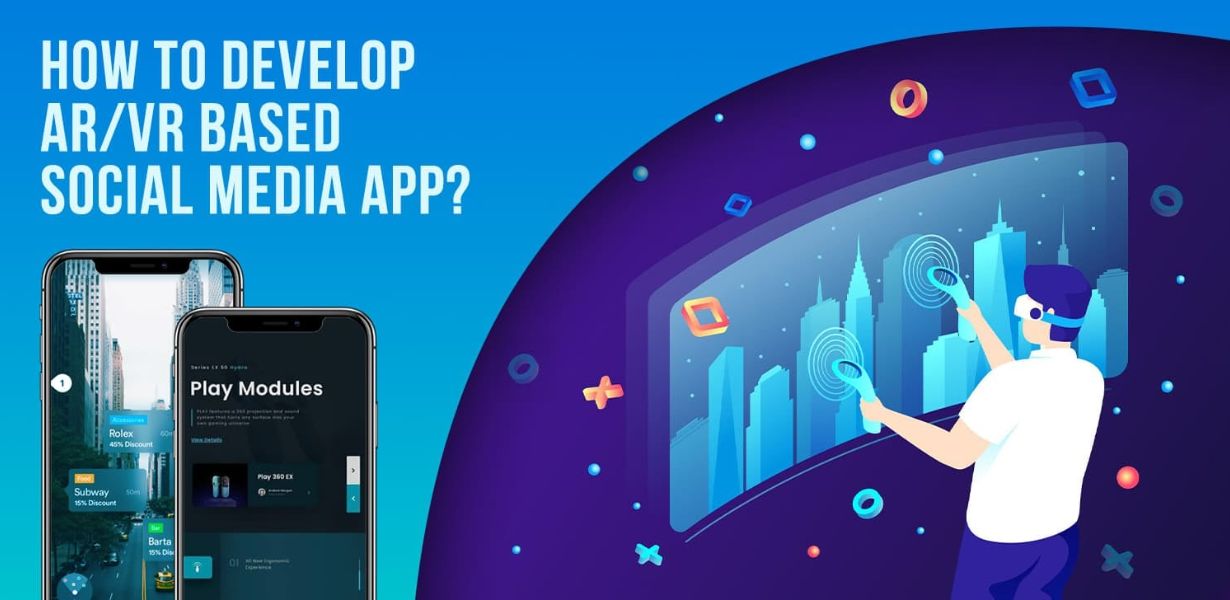
The Rise of jQuery AR: A Comprehensive Guide to Augmented Reality with jQuery
- Post
- August 5, 2023
- JavaScript, jQuery, Web Development
- 0 Comments
Augmented Reality (AR) has seen a meteoric rise in recent years, captivating users and transforming the way we interact with the digital world. One of the key technologies driving this phenomenon is jQuery AR, a powerful framework that brings AR experiences to the web. In this comprehensive guide, we delve into the world of jQuery AR, exploring its syntax, functions, and potential applications. Whether you’re a seasoned developer or just curious about this exciting technology, join us on this journey to uncover the magic of jQuery AR.
Understanding Augmented Reality (AR)
To begin our journey, let’s grasp the concept of Augmented Reality. AR overlays digital content onto the real world, enhancing our perception of reality. Unlike Virtual Reality (VR), which immerses users in a completely artificial environment, AR enriches the real world with computer-generated elements. This integration of digital and physical realms opens up a world of possibilities, from interactive gaming to practical applications in various industries.
Introducing jQuery AR: A Game-Changing Framework
jQuery AR stands out as a remarkable framework that simplifies the development of AR experiences on the web. Leveraging the power of jQuery, a popular JavaScript library, it allows developers to create interactive and engaging AR content without complex coding. By harnessing the framework’s capabilities, businesses and developers can take their web projects to new heights, offering unique and immersive experiences to users.
The Syntax of jQuery AR
Now, let’s dive into the core syntax of jQuery AR. Understanding the syntax is crucial for unleashing the full potential of this framework. At its heart, jQuery AR relies on a combination of HTML, CSS, and JavaScript. The HTML markup defines the AR elements’ positions and properties, while CSS styles them to blend seamlessly with the real world. JavaScript adds interactivity, enabling dynamic AR experiences. Let’s explore the essential elements of jQuery AR syntax:
AR Elements: These are HTML elements with special attributes that define AR content and its positioning in the real world.
Scene Setup: AR scenes are created using the ‘ar-scene’ element, providing the canvas for AR elements.
3D Models: jQuery AR supports 3D models, enriching AR experiences with realistic objects.
Animations: You can use CSS animations and jQuery’s animate() function to create captivating AR animations.
Interactions: JavaScript event listeners enable interactions between users and AR elements.
Key Functions of jQuery AR
jQuery AR comes packed with a set of powerful functions that streamline AR development. Familiarizing yourself with these functions will unlock the potential for creativity and innovation. Some essential jQuery AR functions include:
ar-show: This function displays AR elements on the screen.
ar-hide: Use this function to hide AR elements when they are not needed.
ar-scale: Scale AR elements dynamically for a more immersive experience.
ar-rotate: Rotate AR elements to achieve desired angles and orientations.
ar-events: Implement AR interactions by attaching event listeners to AR elements.
The Power of CDN jQuery in AR Development
Leveraging Content Delivery Network (CDN) jQuery in AR development is a game-changer. CDN-hosted jQuery libraries offer numerous benefits, such as faster loading times, optimized caching, and the ability to access the latest updates. By integrating CDN jQuery with your AR projects, you ensure a seamless and efficient experience for users.
The Exciting World of AR Applications
The applications of jQuery AR are vast and diverse. Let’s explore some exciting use cases:
E-Commerce: Visualize products in the real world before making a purchase.
Education: Enhance learning with interactive AR content, making complex topics more accessible.
Tourism: Provide virtual tours of destinations, enticing travelers with immersive experiences.
Gaming: Create AR games that blend the virtual and physical realms for an unparalleled gaming adventure.
Marketing: Engage customers with AR marketing campaigns, leaving a lasting impression.
Overcoming Challenges in jQuery AR Development
While jQuery AR is a powerful tool, developers may encounter challenges during the development process. Some common hurdles include:
Performance Optimization: Balancing visual fidelity and performance to ensure smooth AR experiences.
Device Compatibility: Ensuring AR content works seamlessly across various devices and browsers.
User Experience: Designing intuitive interactions to enhance user engagement.
Security: Addressing potential privacy and security concerns in AR applications.
Final Words
In conclusion, jQuery AR opens up a world of possibilities for creating immersive and engaging AR experiences on the web. With its user-friendly syntax, powerful functions, and compatibility with other libraries, jQuery AR empowers developers to unlock their creativity and take AR development to new heights. Embrace the rise of jQuery AR and embark on a journey of innovation and enchantment.
Commonly Asked Questions
Q1: Can I use jQuery AR with other JavaScript libraries?
Yes, jQuery AR is designed to be compatible with other JavaScript libraries, allowing you to combine functionalities and achieve more complex AR experiences.
Q2: Is jQuery AR suitable for mobile devices?
Absolutely! jQuery AR is optimized for mobile devices, providing a seamless AR experience on smartphones and tablets.
Q3: Can beginners use jQuery AR effectively?
Certainly! jQuery AR’s user-friendly syntax and vast online resources make it accessible to developers of all skill levels.
Q4: Does jQuery AR support markerless AR?
Yes, jQuery AR supports both marker-based and markerless AR, giving developers flexibility in their projects.
Q5: Are there any licensing restrictions for using jQuery AR?
jQuery AR is open-source and comes with the MIT license, allowing free use and modification for commercial and non-commercial projects.




